Painter of landscapes and genre scenes.
From a very young age, Emile wanted to become a painter, but he came up against his father's desire to see him become a coachbuilder.
However, faced with his child's despair, he first lets him work for a lithographer.
He ended up entering the Beaux-Arts under the aegis of Pelouse and Troyon, he participated in the Paris Salon from 1872 to 1907.
He obtained a third medal in 1878, a second medal in 1881 and a bronze medal at the Universal Exhibition in Paris in 1889.
Having followed the course of one of Barbizon's greatest masters, Constant Troyon, his painting is reminiscent of the naturalism of his teacher, with a touch of modernity.
The painter uses a framing inspired by the very nascent photography. A full-length shot, tight, a balanced composition. Dameron likes to paint donkeys, they are found in almost all of his paintings.
Accompanied here by his mistress, Dameron offers a tender genre scene.
BIBLIOGR. : Gérald Schurr, in: The Little Masters of painting 1820-1920, value of tomorrow, Les Editions de l'Amateur, t.III, Paris, 1976.
MUSEUMS: ARRAS – LIEGE: Landscape – LYON – ROUEN: The small arm of the Seine in Villennes – SEMUR-EN-AUXOIS: At the edge of the pond. PEERS – Orsay – QUIMPER





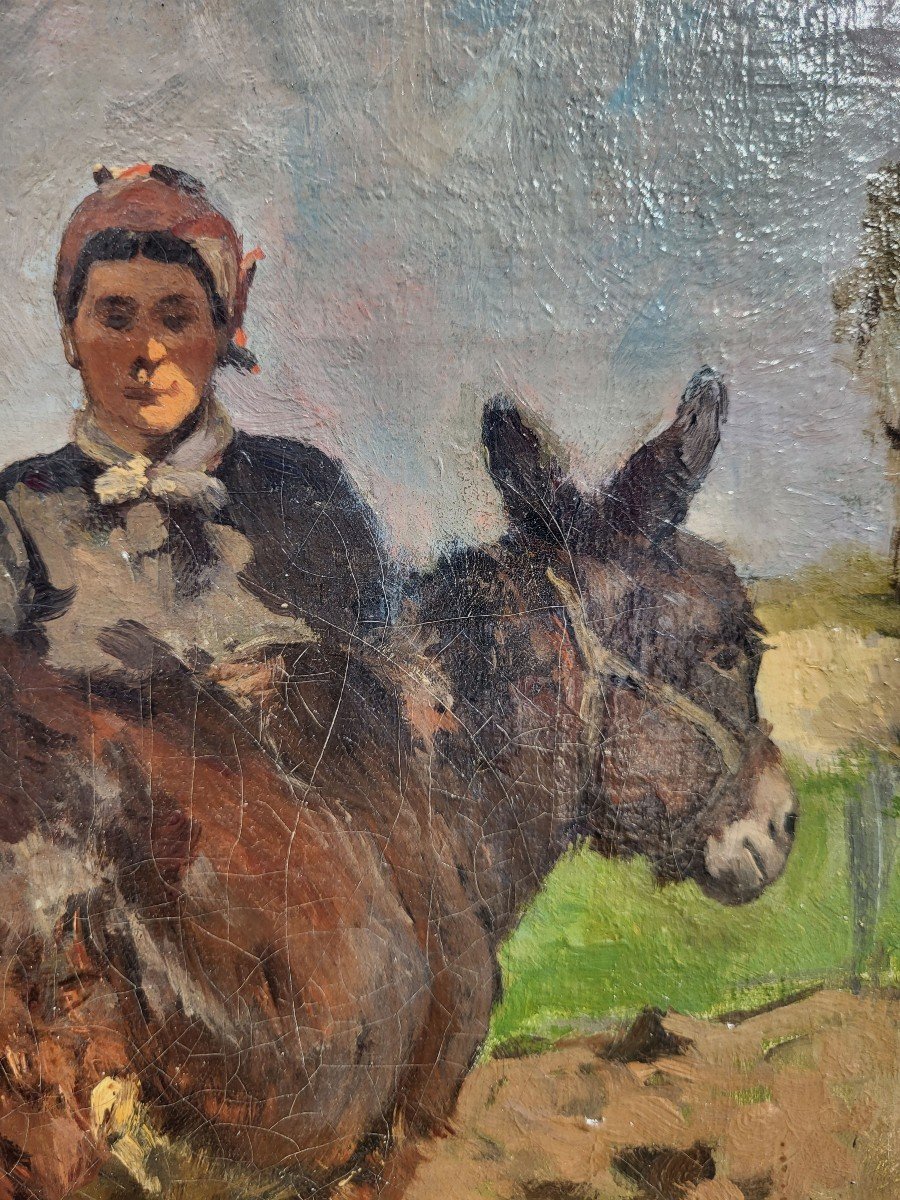






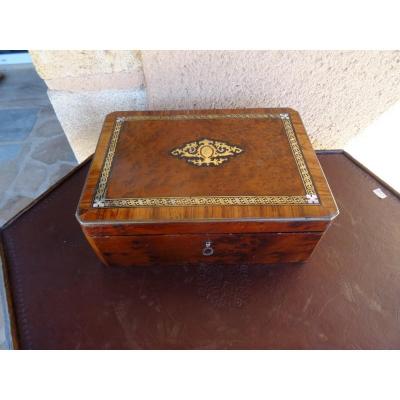

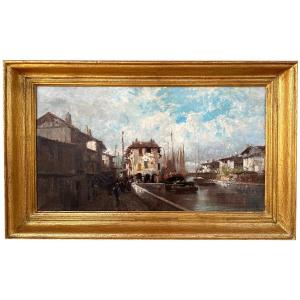


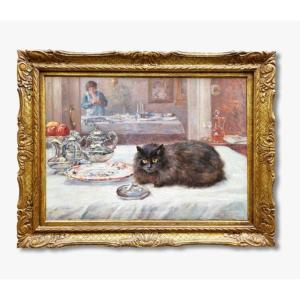
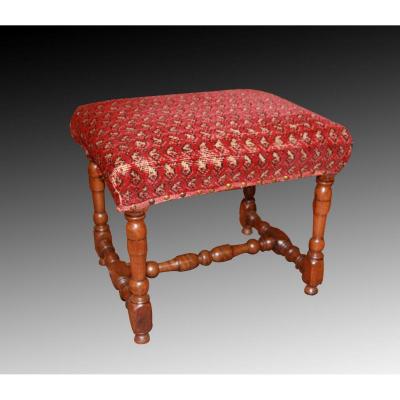
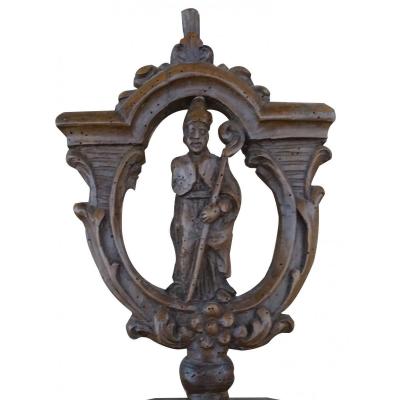
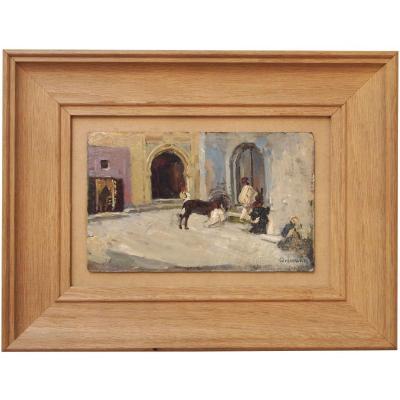
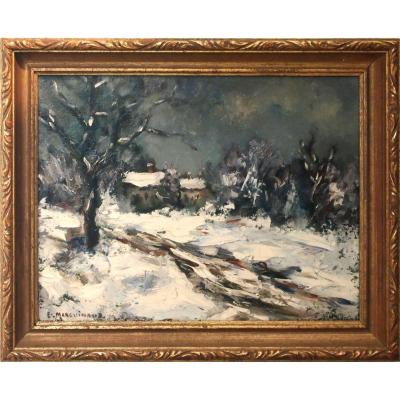
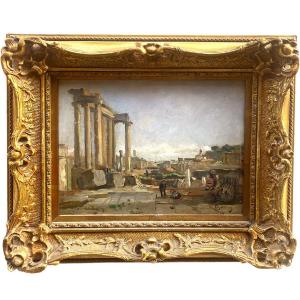
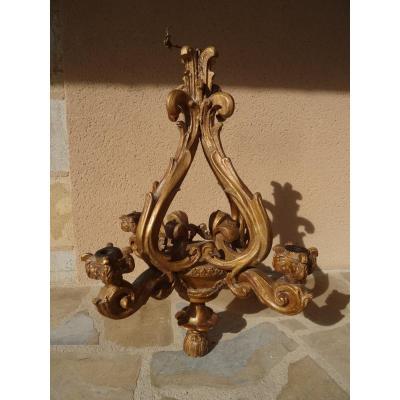

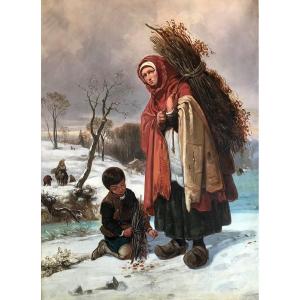


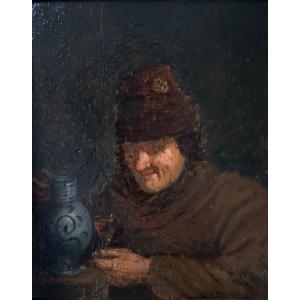
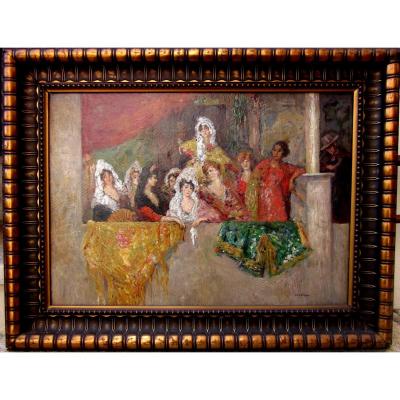



 Le Magazine de PROANTIC
Le Magazine de PROANTIC TRÉSORS Magazine
TRÉSORS Magazine Rivista Artiquariato
Rivista Artiquariato